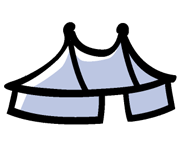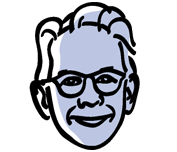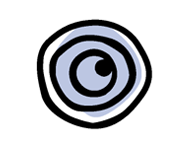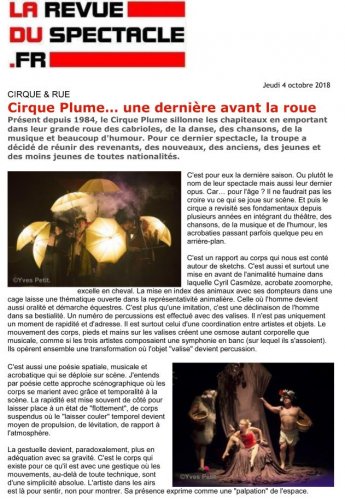La Revue du Spectacle (larevueduspectacle.fr)4 October 2018
Cirque Plume: One more before the road
Since 1984, the Cirque Plume has travelled from big top to big top with their great medley of antics, dance, songs, and lots of humor. For their final show, the troupe decided to reunite both new and familiar faces, young and less young, from around the world.
It’s the last season for them. Or rather, La dernière saison is the name of their show but also of their final opus. Because... is it due to age? That’s hard to believe, considering what’s happening on stage. The circus company has been revisiting its foundations for several years now, incorporating theatre, songs, music, and humor, with acrobatics happening somewhat in the background at times.
We have here a relationship with the body told to us through sketches. We have human animalism put forth with Cyril Casmèze, the zoomorphic acrobat, excelling as a horse. The positioning of animals with their tamers in a cage opens a theme of animal representativeness. It’s a theme that takes us to orality and to equestrian approaches. It is more than an imitation; it is a convergence of man and beast.
A percussion number is carried out with suitcases. It is not just a moment of speed and skill. It is above a harmony of artists and objects. The movements of bodies, feet, and hands on the suitcases create an osmosis that is as physical as it is musical, as if the three artists composed a symphony on a bench (on which they sit). Together, they transform the object of the "suitcase" into a percussive element.
It is also a spatial, musical, and acrobatic poem that unfolds on stage. By poem, I mean an approach to staging in which bodies marry gracefully and fleetingly on stage. Speed is often set aside to give way to a state of "floating," to suspended bodies, to a "flow" of time that becomes a means of propulsion, levitation and relationship to the atmosphere.
Gestures become, paradoxically, more in line with gravity. The body exists for what it is, gesturing in a way in which movements, beyond any technique, are of an absolute simplicity. The artists in the air are there to feel, not to show. Their presence expresses itself as a "palpation" of space.
Even if it there are acrobatic numbers, the acrobatics is but a temporary passage towards an attempt to seek balance. Music appears with guitar, bass, percussion, darbouka and piano. The sketches, always presented through a humorous lens, give another tempo to the show: that of a plot in which the artists establish a dialogue with the audience by making circus elements stand out through humor. Acrobatic routes and routines are let go of to create a relationship to space and time outside of any technical prerogative. It becomes pure poetry.
Natalie Good, on her two wires — parallel like uneven bars — has this relation to time as she rocks and plays on them. There is technique, but there is another quality here, something shaken. It’s no longer about focusing on the wires, but rather about integrating the audience into the act. In this way, the focus is voluntarily decentered. For the acrobat, the audience becomes an object of attention just as much as the wires.
Bodies — virile or falsely virile — also nourish this relationship to the other. Large, fat, round, beautiful, lean, sturdy or scrawny: builds of all shapes are shown as they are. They are shown having fun on stage and with the audience.
The integration — increasingly sought-after in the circus world — of the false everyman on stage (false because it is Bernard Kudlak, the director of the troupe), with his blunders and his speculations, weaves a robust link with the audience. This is a world that is open to all. Everyone is welcome to join the ring.
The circus world is one in which the tamed animal, appandonded by the circus, returns to inhabit those old haunts through imitation. It is a world in which bodies are accepted, whatever their morphology, and in which even the most awkward and clumsy have the right to belong.
As such, Nicolas Sannier’s playful dance with a feather in the air is not necessarily one of great technicality. That is not the point. The purpose lies in the all-in-one approach of this triad: body, time, and space are inherent expect in this number, in terms of its relation to the others.
A beautiful image in which couples carry a yellow umbrella, lit up inside, occasionally accompanies the singing and often accompanies the music. The subdued light is very romantic, and brings us through a marriage of time and gesture, step and tempo, partition and movement. It ends a little later with the whole troupe on a stretch of wood, as if lost at sea, all together, carried by the flow of music. Like a painting.
It’s beautiful, light, and poetic.
Safidin Alouache









